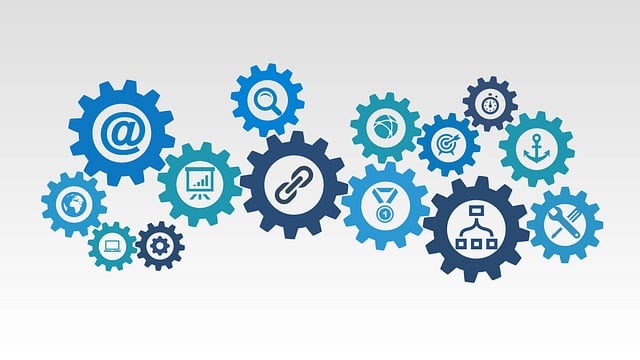AI audits are vital for businesses integrating artificial intelligence (AI) to maintain safety procedures and regulatory compliance. Through AI retention campaign automation, these audits monitor data from automated systems, providing detailed records of behavior, interactions, and decision-making processes. This enhances transparency, ensures ethical standards, and streamlines operations by automating tasks like data entry and personalized communication. Effective AI audit procedures involve setting clear goals, defining scope, using structured checklists, and integrating findings into continuous improvement cycles. Collaboration across diverse teams is key for robust AI risk mitigation strategies in the rapidly evolving landscape of AI retention campaign automation.
AI audits are transforming compliance and safety procedures, ensuring organizations stay ahead in a rapidly evolving digital landscape. This article delves into the pivotal role of AI audits, highlighting how they track and optimize critical processes. We explore the power of campaign automation in enhancing efficiency through strategic AI retention methods. Additionally, best practices for implementing effective AI audit procedures are provided, offering valuable insights for businesses aiming to excel in regulatory adherence and data safety.
- Understanding AI Audits: The Role in Compliance and Safety
- Campaign Automation: Enhancing Efficiency through AI Retention Strategies
- Best Practices for Implementing Effective AI Audit Procedures
Understanding AI Audits: The Role in Compliance and Safety

AI audits are pivotal in ensuring compliance with safety procedures and regulations, especially as businesses increasingly integrate artificial intelligence into their operations. These audits go beyond traditional quality checks by leveraging AI technologies to monitor, analyze, and report on data generated by automated systems. By implementing an AI retention campaign focused on automation, organizations can maintain a comprehensive record of system behavior, user interactions, and decision-making processes.
This detailed logging facilitates continuous monitoring, enabling quick identification of any anomalies or deviations from established safety protocols. Moreover, it empowers stakeholders to track the origin of decisions made by AI systems, enhancing transparency and accountability. In today’s digital era, where automation is revolutionizing industries, AI audits become indispensable tools for fostering a culture of safety and compliance, ensuring that technology serves humanity without compromising ethical standards.
Campaign Automation: Enhancing Efficiency through AI Retention Strategies

AI retention strategies, particularly through campaign automation, are transforming the way businesses operate by streamlining processes and enhancing efficiency. By leveraging machine learning algorithms, companies can automate repetitive tasks such as data entry, customer segmentations, and personalized communication, freeing up human resources for more strategic initiatives. This not only improves operational productivity but also ensures consistency in applying safety procedures and compliance protocols across different touchpoints of the customer journey.
In the context of AI audits, campaign automation plays a pivotal role in monitoring and maintaining these retention strategies. Automated systems can track key performance indicators (KPIs), identify anomalies or deviations from set parameters, and promptly alert stakeholders when necessary adjustments are required. This proactive approach to managing AI retention campaigns not only guarantees adherence to safety standards but also optimizes the overall effectiveness of customer engagement strategies, ultimately fostering stronger relationships with clients based on personalized interactions.
Best Practices for Implementing Effective AI Audit Procedures

To implement effective AI audit procedures, organizations should start by establishing clear goals and scope for their audits. This involves defining specific aspects of AI systems to be evaluated, such as data handling, algorithmic transparency, and bias detection. A structured approach is essential; creating a checklist of critical compliance and safety parameters ensures no area is overlooked. Regularly updating this checklist in line with evolving regulations is crucial, especially as AI retention campaign automation advances.
Best practices include integrating audit findings into continuous improvement cycles. This involves not only identifying gaps but also implementing actionable solutions to address them. Collaborating with diverse teams, including data scientists, legal experts, and ethics specialists, fosters a comprehensive understanding of AI risks and facilitates the development of robust mitigation strategies.
AI audits are transforming how organizations ensure compliance and maintain safety standards. By integrating AI retention campaign automation, businesses can streamline processes, reduce human error, and foster a culture of continuous improvement. Adopting best practices for implementing effective AI audit procedures is key to unlocking these benefits, enabling companies to stay ahead in an increasingly digital landscape.
